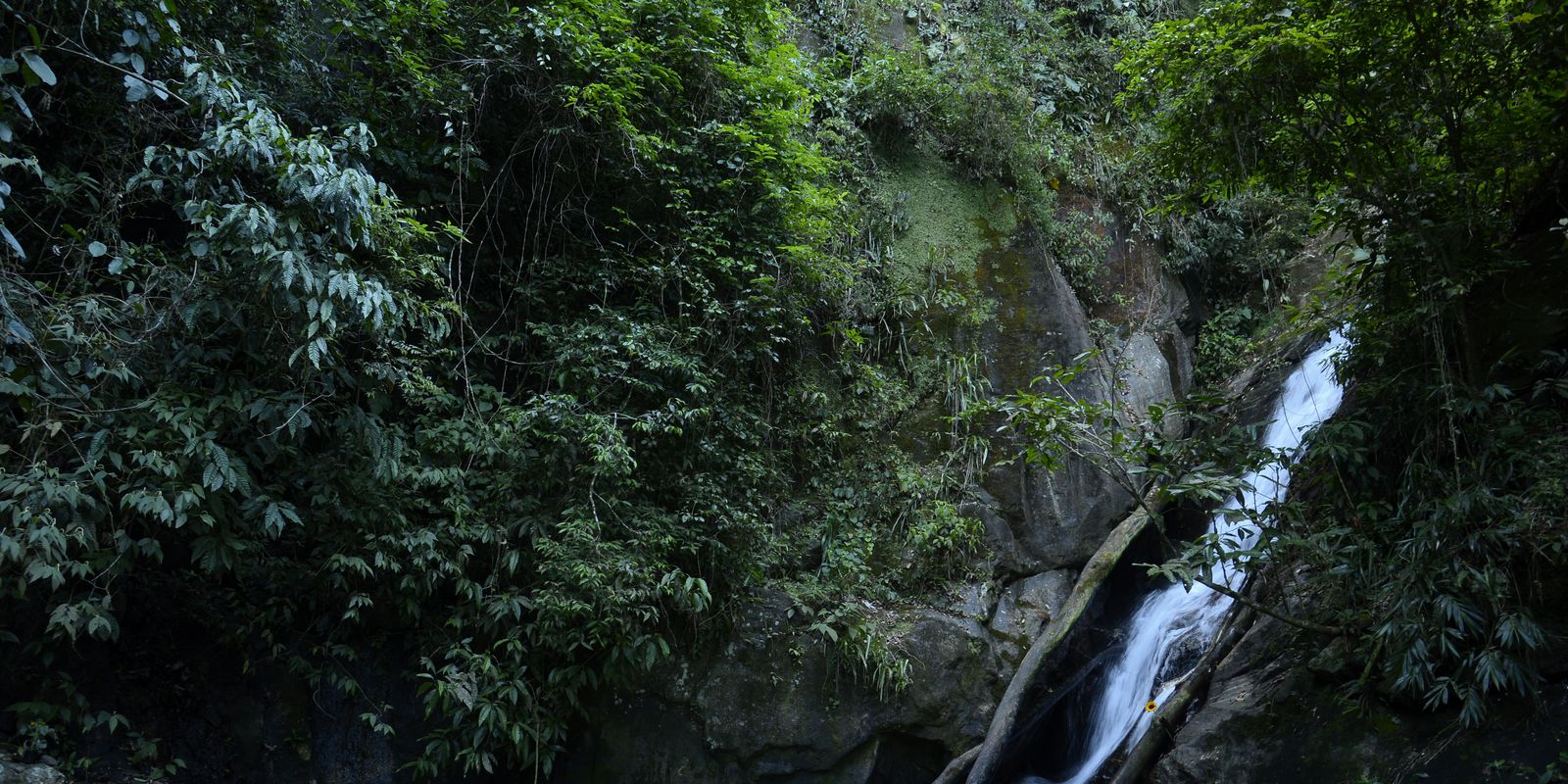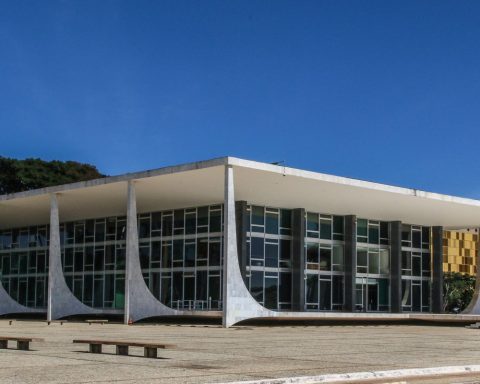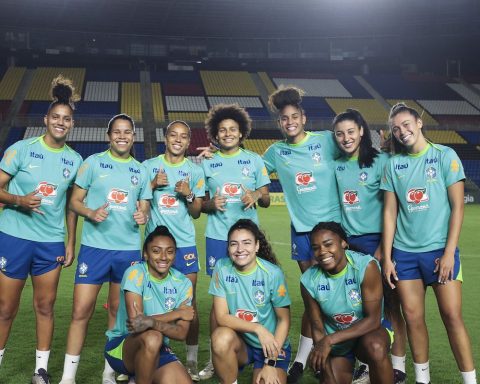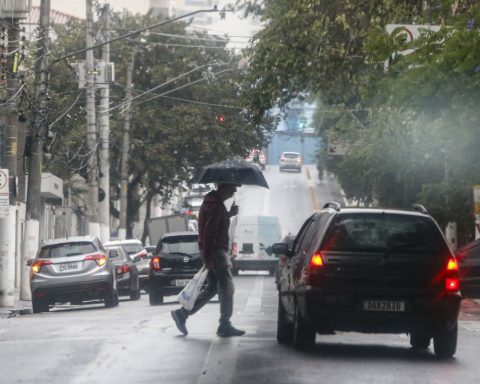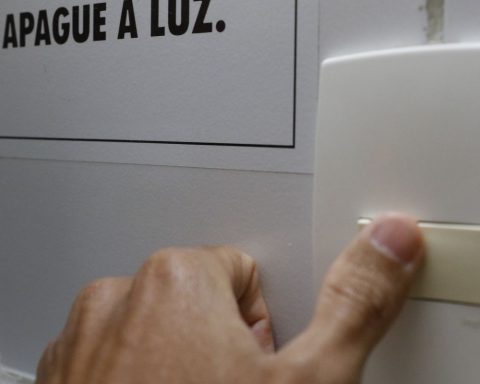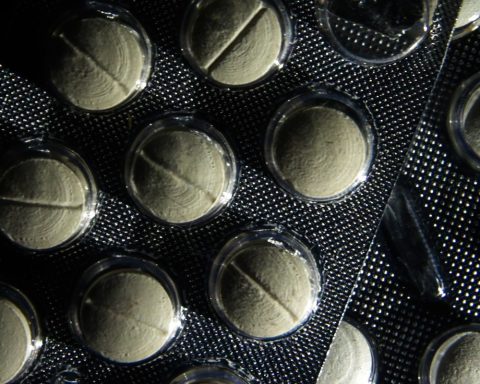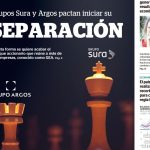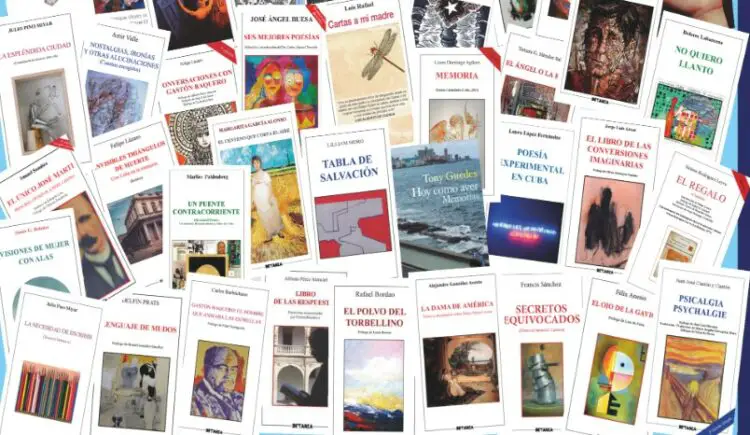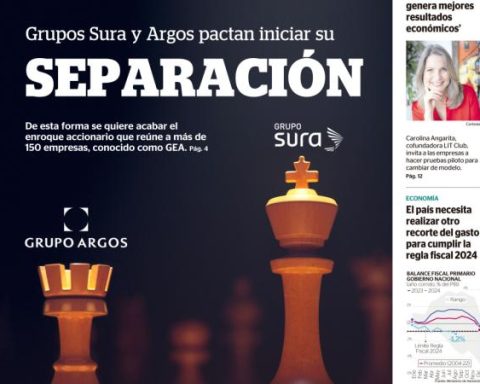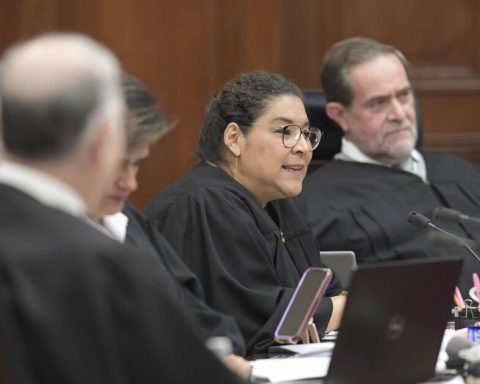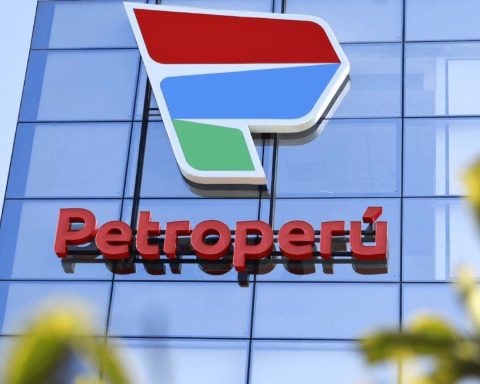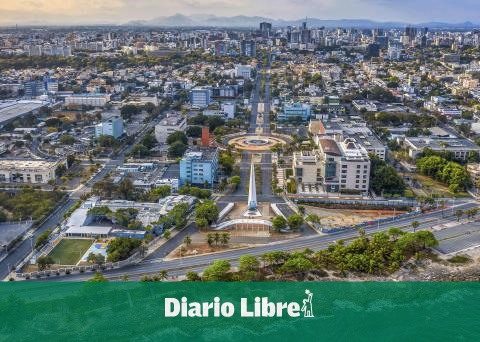A survey by Fundação SOS Mata Atlântica shows that only 11 points (6.9%) of the rivers in the biome being monitored by the entity have good quality water. This year’s edition of the report The Picture of Water Quality in the Watersheds of the Atlantic Forest considers that the majority (75%) of river points have water of regular quality, while 16.2% have poor quality and 1.9% is classified as very bad. The research was funded by the Ypê brand of cleaning and hygiene products.
To prepare the document, the foundation adopted the Water Quality Index (IQA) as a parameter and had the collaboration of 2,700 volunteers who are part of the Observing the Rivers program, which has been active since 2015. The team of volunteers went to the field to carry out monthly collections, from January to December 2022, reaching a total of 990 analyzes in 160 points of 120 rivers and water bodies. Regarding the geographical scope, it is highlighted in the report that, in all, the work covers 74 municipalities in 16 states that are part of the Atlantic Forest biome.
In 2021, there was a reduction in the number of collections, due to the covid-19 pandemic. In total, 106 points were analyzed.
When comparing the results, it was observed that the average quality of the water remained the same, “with an indication of a small improvement”. According to the survey, points with good quality increased from 7 to 8; those of regular quality, from 75 to 80; and those with poor quality dropped from 21 to 15. As in the previous year, there were three points with poor quality: all, once again, in Rio Pinheiros, in São Paulo.
According to the director of Public Policy at the foundation, Malu Ribeiro, the numbers reflect the influence of human presence. “These are areas that have been heavily anthropized [alteradas pela ação humana]. In order for us to have good water quality, it would be important that these points, when they are springs, springs, class 1 and 2 rivers, were really protected, without being influenced by diffuse load pollution. The sampling shows exactly the fragility of our water resources. Close to large urban centers or areas with large agricultural and industrial activities, these sources are not protected and are, on average, in class 3, that is, with practically regular quality. This is an alert”, says Malu.
For the director of the National Institute of the Atlantic Forest, Sérgio Lucena, the data presented by the foundation are “shocking, but not surprising”. He recalls that the numbers have not changed significantly over the years, as they should. “Unfortunately, because they need to change for the better. The parameters are very bad, and this is certainly a consequence not only of population density, but of the bad use of water and soil, of land. In the rural area, the bad use is causing contamination and, in the urban area, above all, the lack of basic sanitation”.
Methodology
Regarding the methodology, Malu explains that it is based on national and international water quality standards. “We follow Conama Resolution No. 357, which establishes the chemical, physical, biological and perception parameters that must be minimally measured in order to obtain the WQI. kit provides the same laboratory analysis that is carried out by public power managers in Brazil and in several countries”, he says. “These parameters, consolidated, are added, and the water quality is then classified into ranges, which vary from good to bad. Our kit it just doesn’t measure heavy metals.”
Sérgio Lucena comments that, although the study’s data are important, they should be read with reservation, since they do not cover all impacts, such as chemical waste and pesticides. “This methodology captures the most important parameters of water quality for domestic, industrial, agricultural use, but it is not an analysis that makes a diagnosis of the use of pesticides. This is important to remember. It deals with issues of turbidity, biological contamination, amount of nitrates, etc., which reflect well the pollution by sewage, by leaching [retirada de nutrientes de forma natural] from the ground”, he emphasizes.
“Not that it’s not good, it’s an adequate methodology, because it’s also a process of community participation”, says the director, adding that, currently, most of the studies that have excerpts from the effects of industries on water rely on resources from research funding agencies.
Financing
The study was funded by the Ypê brand, which was once responsible for dumping a large volume of chemical waste into the Corrego do Ajudante, tributary of the Tiete Riverin mid-March 2019. With water contamination, hundreds of fish died.
A Brazil Agency asked for a positioning of the Ypê brand on the resources allocated to the research, asking if there would be no conflict of interest, but the company did not respond until the publication of this article.
